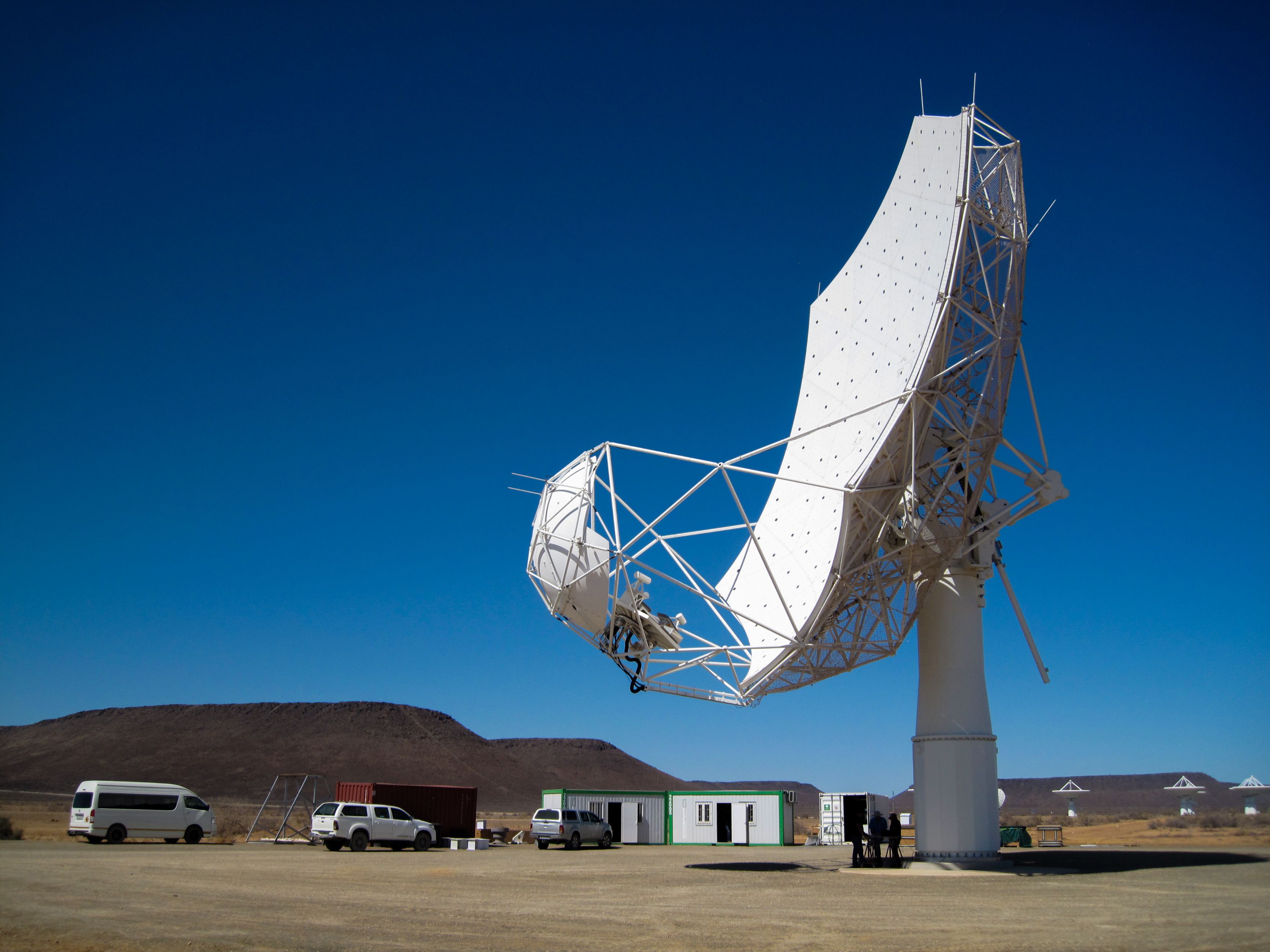Construction of Africa's largest science experiment, known as the Square Kilometer Array (SKA) – a telescope, which comprises two giant telescopes made up of over 130,000 antennas and 200 satellite dishes at observatories in Australia and South Africa – is officially underway.

bird story agency
Construction of the world’s largest telescopes has officially begun in South Africa and Australia, with 2028 as the completion date.
The Square Kilometer Array (SKA) project will see an area of about 33 000 square meters share data from space that the gigantic complex telescopes will collect.
Over 130,000 antennas and 200 satellite dishes will make up the SKA, according to the project's website.
The networked telescopes will enable astronomers to study space better and faster and to detect signals from objects in the universe's farthest reaches.
According to the project’s scientists, the SKA-Mid in South Africa will operate with four times the resolution and five times the sensitivity and will be able to survey the sky 60 times faster than existing telescopes.
Speaking at the ground-breaking ceremony in the Karoo desert in South Africa, Catherine Cesarsky, the chair of the SKA Observatory council, said:
Today, we gather here to mark another important chapter in this 30-year journey that we’ve been on together. A journey to deliver the world’s largest scientific instrument. After 18 months of intense activities around the world, we are starting construction of the SKA telescopes.
The SKA will solve the most challenging issues in astrophysics, such as the precision of information shared in space and prompt detection of space-based changes, the viability of life in space, and the history of the universe, among others.
The SKA-Mid array in Karoo in the Northern Cape region of South Africa will have nearly 200 dishes, each 50 feet (15 meters) in diameter.

SKA Observatory public website states that Karoo “provides the perfect radio quiet backdrop for the mid-frequency array that will form a critical part of the SKA’s ground-breaking continent-wide telescope.”
Beyond the project's overall benefits, South African companies are set to reap bounties from the project.
The lead infrastructure contractor is required to spend a proportionate amount locally by providing a range of sub-contract opportunities to local SMMEs, on employing, training and transferring skills locally and on other community development initiatives.
Blade Nzimade, South Africa’s minister of science and innovation, announced deals amounting to more than 200 million USD that will see companies in South Africa contracted to develop and deliver key equipment and materials for the project.
“The South African government welcomes the opportunities that will flow into the country due to the construction activities,” he said.
“Local companies will benefit from construction contracts and local people will find jobs. The financial resources flowing into the country will also uplift the economy of South Africa,” he added.
With key obligations to lead contractors to set aside and allocate R100 million ($5.8 million) of the total amount to local firms, the project will create regional jobs.
The benefits began flowing after Power Adenco Joint Venture was selected as the successful bidder for a tender to build power and fibre roads in Karoo, a project valued at close to R1 billion ($57 million).
Other benefiting South African companies include VIVO, Zutari, EMCOM and SARAO, which will undertake software development.
Beyond the internal economic wins for South Africa, the structural developments and technical maintenance needs bound to emerge for the next 50 years will drive substantive foreign investment flows to the region, especially in communication and astronomy, according to the SKA Observatory.
While South Africa is the official location for the project in Africa, eight countries in Africa will also host components of the telescope, making them part of the project.
Botswana, Ghana, Kenya, Madagascar, Mauritius, Mozambique, Namibia and Zambia will also house radio telescopes that will contribute to the parent advanced radio space array.
South Africa has been hosting the precursors to the now-launched project since 2012 - first as the Karoo Array Telescope and then the MeerKAT telescope since 2018, projects that have already proved immensely successful in fast-tracking accuracy in astrophysics.
bird story agency





